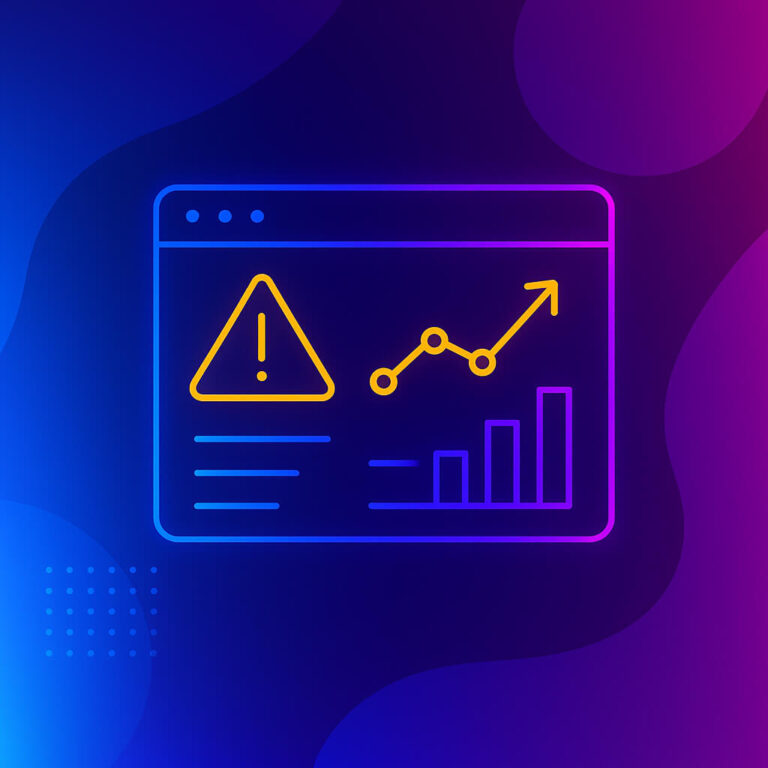Introduction
Did you know that 29% of websites face duplicate content issues that could harm their search engine rankings? In the complex world of SEO, canonical tags play a crucial role in resolving these issues. But what exactly are canonical tags, and why should you care about them?
Canonical tags are an essential tool in your SEO arsenal, helping search engines understand which version of a page should be considered the primary one. This not only prevents duplicate content penalties but also ensures that your content ranks where it deserves to. In this post, we’ll explore what canonical tags are, why they matter, and how to use them effectively.
What Are Canonical Tags?
Canonical tags, also known as “rel=canonical,” are HTML elements that help webmasters tell search engines which version of a webpage should be indexed and ranked. Essentially, it’s a way of saying, “This is the original or preferred version of this page, so please prioritize it.”
Why Canonical Tags Are Important
Canonical tags are vital for several reasons:
- Avoiding Duplicate Content Penalties: Search engines dislike duplicate content because it can lead to poor user experience. When search engines encounter multiple versions of the same content, they may not know which one to rank, potentially splitting your ranking power among multiple pages. Canonical tags solve this by signaling the primary page.
- Consolidating Link Equity: When multiple pages have similar content, backlinks might be spread across those pages. Canonical tags help consolidate these backlinks to a single, preferred page, boosting its authority and ranking potential.
- Improving Crawl Efficiency: Search engines have a limited crawl budget, meaning they can only spend so much time crawling a website. By using canonical tags, you help search engines prioritize which pages to crawl, ensuring that your most important content gets indexed.
How to Use Canonical Tags Effectively
Implementing canonical tags correctly is essential to their effectiveness. Here’s how to do it:
1. Use Canonical Tags for Duplicate Content
If you have pages with very similar or duplicate content, such as different URLs for the same product page or multiple landing pages targeting the same keywords, use canonical tags to point to the preferred version.
2. Place Canonical Tags in the Right Location
Canonical tags should be placed within the <head> section of the HTML code on your webpage. Ensure that each page points to the correct canonical URL, whether it’s a self-referencing canonical tag (pointing to the same URL) or pointing to a different page.
3. Don’t Canonicalize Everything
While it’s tempting to canonicalize many pages to avoid duplicate content issues, overusing canonical tags can confuse search engines. Use them selectively and ensure they point to the most relevant and authoritative version of the content.
4. Avoid Canonical Chains
Canonical chains occur when one canonical tag points to a page that also has a canonical tag pointing to another page. This can lead to confusion for search engines. Always ensure that canonical tags point directly to the final preferred URL.
5. Monitor Your Canonical Tags
Regularly check your website’s canonical tags using tools like Google Search Console or SEO auditing software. Ensure that they are correctly implemented and that there are no errors or conflicts.
Real-World Examples of Canonical Tags in Action
Many large websites use canonical tags to manage duplicate content effectively. For instance:
- E-commerce Websites: E-commerce sites often have similar product pages with different URLs due to filters or sorting options. Canonical tags are used to point to the main product page, ensuring it gets the full SEO benefits.
- Content Aggregators: Websites that republish or aggregate content from other sources use canonical tags to link back to the original source, preventing duplicate content issues.
Common Challenges with Canonical Tags
While canonical tags are powerful, they come with some challenges:
1. Misconfiguration
Incorrectly implementing canonical tags can lead to significant SEO issues, such as deindexing important pages or confusing search engines about your preferred content. Always double-check your canonical tag settings.
2. Conflicting Signals
If you use canonical tags along with other signals like redirects or meta robots tags, ensure they all align. Conflicting signals can confuse search engines and dilute your SEO efforts.
Conclusion
Canonical tags are a fundamental aspect of SEO, ensuring that your content is properly indexed and ranked. By avoiding duplicate content issues, consolidating link equity, and improving crawl efficiency, canonical tags help your website perform better in search engine results.
Understanding and implementing canonical tags effectively can have a significant impact on your website’s SEO success. Ready to optimize your site for better search engine visibility? Contact Digital Roots Media today to learn how we can help you leverage canonical tags and other SEO best practices.



